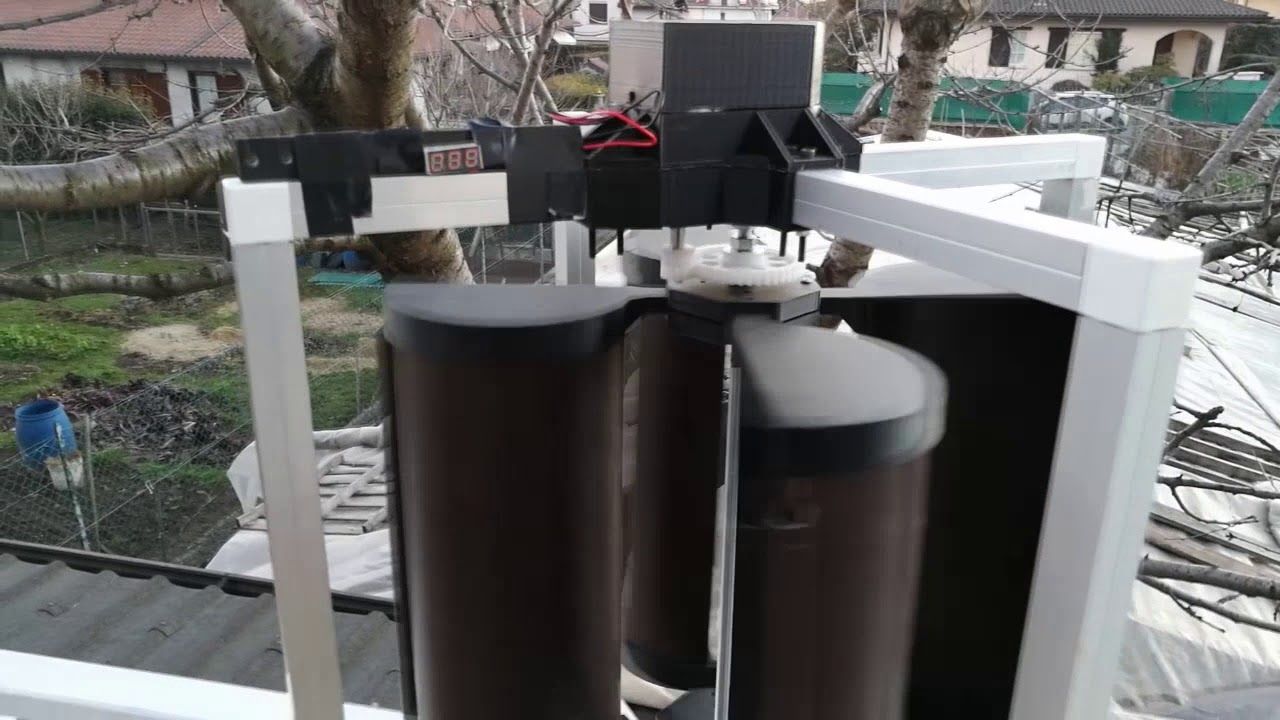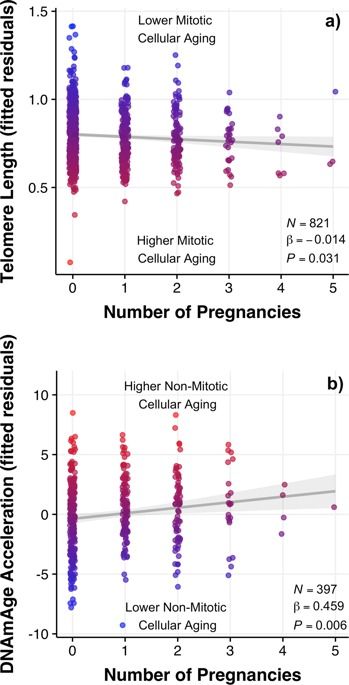
Researchers from St Petersburg’s ITMO University in Russia and Laser Zentrum Hannover in Germany have discovered a fascinating phenomenon regarding the design of the Great Pyramid of Giza.
A theoretical investigation published in the Journal of Applied Physics on July 20 2018 reveals the chambers within the Great Pyramid can “collect and concentrate electromagnetic energy.” Scientists looked at the “excitation of the pyramid’s electromagnetic dipole and quadrupole moments,” or the combinations of outgoing and incoming electromagnetic waves, to determine its capacity for electromagnetic focus. Using numerical simulations to deduce their findings, the research team found that under certain conditions, the pyramid’s internal chambers and the area under its base (where the third, unfinished chamber is located) can concentrate this energy.
Modern physics has provided unprecedented insight into the secrets of the pyramids, which were constructed around 2560 BC. For instance, cosmic ray-based imaging (also known as muon tomography) has been used to see further into the depths of these ancient structures, illuminating a previously unknown “large void” that humans haven’t encountered in several millennia.
Continue reading “Scientists Discover the Great Pyramid of Giza’s Design Can Concentrate Electromagnetic Energy” »

















